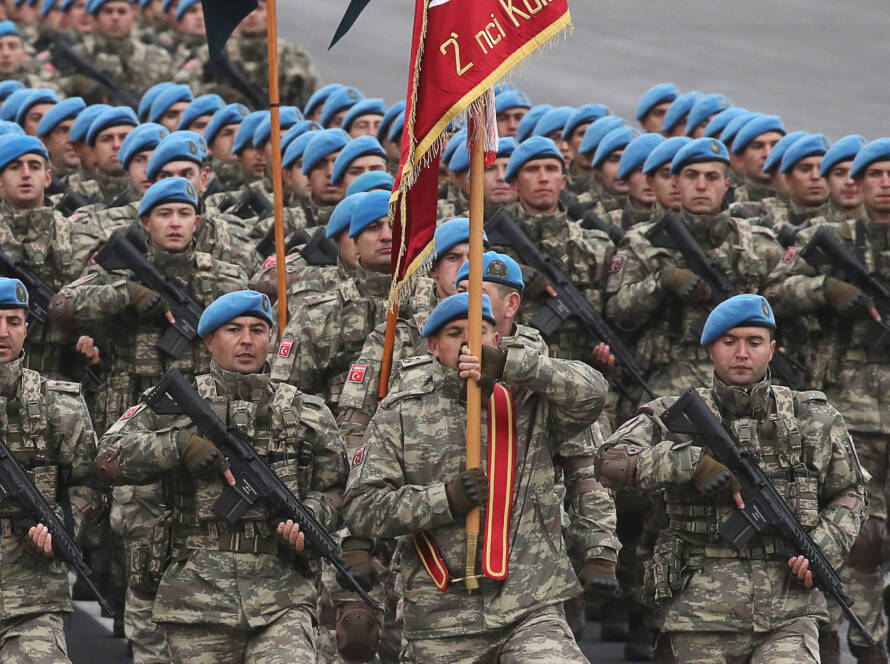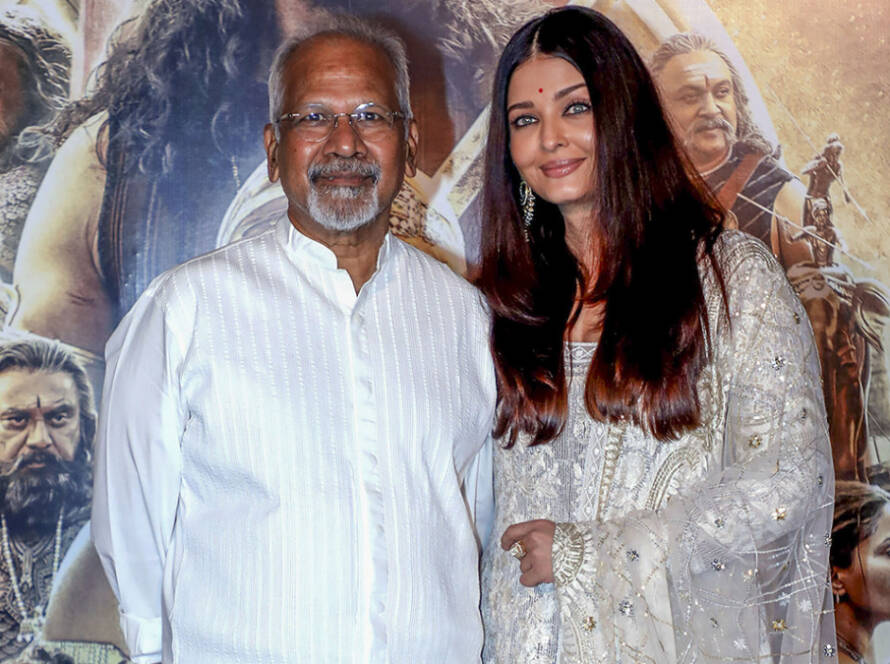Read this article in Tamil: vidiyal.lk/post/–2817
By Chandani Kirinde
In 1918, George Wille, a Member of Ceylon’s Legislative Council, cited an interesting metaphor to describe the growing weariness among the Ceylonese about the lack of any political rights, despite being tied to Britain for over a century.
Speaking at the second reform conference organized by the Ceylon Reform League and Ceylon National Association on 13 December 1918, Wille compared the nation of Ceylon to a stepson under the care “of a kind, but not very progressive parent – a parent who has got very many children of his own to look after, in preference to his step children.”
“The step-son has been given some pocket money in the form of prosperity and a little education; but his father would still have the son tied to his apron strings. The father cannot realize that prosperity and education mean progress and change. You will see today this father telling his stepson. ‘Now I have never allowed you to go into the water, so that you don’t know how to swim; and I cannot now allow you to go into the water, because you cannot swim’.”
Wille made these remarks while seconding a resolution proposed by one of the most prominent Sinhalese politicians of the day, James Peiris, calling for the vigorous development of self-government institutions in the country as the basis for the realization of responsible government as an integral part of the British Empire.
The resolution did not advocate a clean break for the country as a Crown Colony, but sought a greater opportunity for the people to exercise their political rights.
In his address the same day, Sir Ponnambalam Arunachalam, the President of the Reform League as well as of the Ceylon National Association (CNA), went into great detail as to why the time was rife for the Ceylonese to be allowed to manage their own affairs.
“In Ceylon, the British merchant and the British planter exercised too great an influence over public policy and measures. A chat over the dinner table, at the club or golf-links, does more than bushels of argument, or months of agitation. Is not every head of department, every member of government, every member of the official majority of the Legislative Council, kith and kin of the British merchant and planter?”
The argument from the Ceylonese members was that while the country had progressed economically, with growth in several sectors, including health and education, politically the country was stagnating.
Even though the Ceylon Legislative Council was set up in 1833 for the purpose of giving representation to the inhabitants of the dependency, its composition was far from satisfactory, with ten of its 16 members being officials with only six unofficial members.
The six included a member each to represent the Sinhala, Tamil, and Burgher communities, while the others were Europeans representing the planting and mercantile communities. The composition of the Council had remained unchanged for 75 years, with the only changes made to include two additional members to represent the Kandyan Sinhalese and the Muslim communities.
In his book A History of Ceylon, K. M. de Silva notes, “Although Ceylon was looked upon as the ‘constitutional pioneer’ with the setting up of the Legislative Council in 1833, within 50 years other colonies had overtaken it with countries such as Mauritius, Jamaica and Trinidad far ahead in constitutional development.”
Decades of stagnation on the political front led to growing advocacy for more political rights. These in turn led to the setting up of the Ceylon Reform League and the Ceylon National Association in 1917, giving impetus to the push for constitutional reforms.
The setting up of the Ceylon National Congress in 1919 further galvanized calls for more political autonomy for the country, but infighting between high profile members within the Congress delayed progress, with sharp differences on important issues such as granting of universal suffrage for citizens.
Constitutional reforms to replace the Legislative Council came following the setting up of the Donoughmore Commission, with elections to the first State Council held in 1931 D. B. Jayatilaka and D. S. Senanayake, two of the leading advocates of political autonomy, dominated the Council.
The election to the Second State Council was held in 1936. Once again, the two stalwarts of Lankan politics were returned uncontested. But with universal suffrage introduced between 1928 and 1931, leftist parties made inroads into the political arena.
Among those elected to the Second State Council were the leading figures of the Marxist Lanka Sama Samaja Party (LSSP), N. M. Perera and Philip Gunawardena. Also rising to prominence was S. W. R. D. Bandaranaike, who had taken over the leadership of the Sinhala Maha Sabha and was becoming a force to be reckoned with.
While there were new aspirants on the political horizon, the final phase of transfer of power that granted Dominion Status to the country was dominated by D. S. Senanayake, who went on to become Sri Lanka’s first Prime Minister.
D. S., along with his brothers F. R. and D. C. Senanayake, had made their entry into national politics through the Temperance Movement, a powerful force during the first two decades of the 20th century.
Now thrust into the forefront of the independence movement, D. S. appointed as his local advisers two of the country’s leading lawyers: L. M. D de Silva (1893-1962) and H. V. Perera (1890-1969) to assist him in negotiations for the transfer of power (1947-1948). Also on board were one of the country’s finest civil servants A. G. Ranasinha, later Sir Arthur, and William Ivor Jennings, who had first come to Sri Lanka in 1941 as a promising academic.
K. M de Silva writes, “While De Silva and Perera were the most important advisers to D. S. on issues relating to the transfer of power as they were familiar with the current literature on ‘dominion Status’, Jennings was the authority they relied on for expert opinion throughout their negotiations with the British government.”
De Silva further notes, “On 20 February 1947, the British Cabinet had made its historic policy statement on India’s independence. With the partition of the Indian subcontinent into India and Pakistan, and the grant of independence to Burma, Sri Lanka’s claims for equality of treatment with these former units of the British raj could no longer be overlooked, especially in view of her record of war cooperation – a point both Senanayake and Sir Oliver Goonetilleke (the Civil Defense Commission and one of D. S.’s closest allies) emphasized during their negotiations with Whitehall.”
On 10 June 1947, the British government made the official announcement that Ceylon was to receive “fully responsible status within the British Commonwealth of Nations.”
Between August and September, the first national election in the country was held under the newly formulated Soulbury Constitution. D. S. Senanayake’s newly formed United National Party (UNP) was expected to secure a majority of seats, but it fell short and won only 42 of 95 seats.
“The results of the general election of 1947 were a disappointment to D. S. as his newly formed United National Party (UNP) did not get the substantial victory that he and his supporters expected,” De Silva observes. However, the UNP formed the government with the support of the All Ceylon Tamil Congress (ACTA), which had secured a majority of these seats in the North, while N. M. Perera took over the post of Leader of the Opposition.
The Ceylon Independence Bill was passed by the British Legislature in December 1947, and the country declared independence on 4 February, 1948. D. S. served as Prime Minister for only four years. On 22 March 1952, he passed away at the age of 68, having led the country to independence from decades of colonial rule.
Chandani Kirinde is a senior political and history columnist and a long-serving parliamentary correspondent in Sri Lanka. She can be reached via chandani.kirinde2016@gmail.com.
Factum is an Asia Pacific-focused think tank on International Relations, Tech Cooperation and Strategic Communications accessible via www.factum.lk.
The views expressed here are the author’s own and do not necessarily reflect the organization’s.


